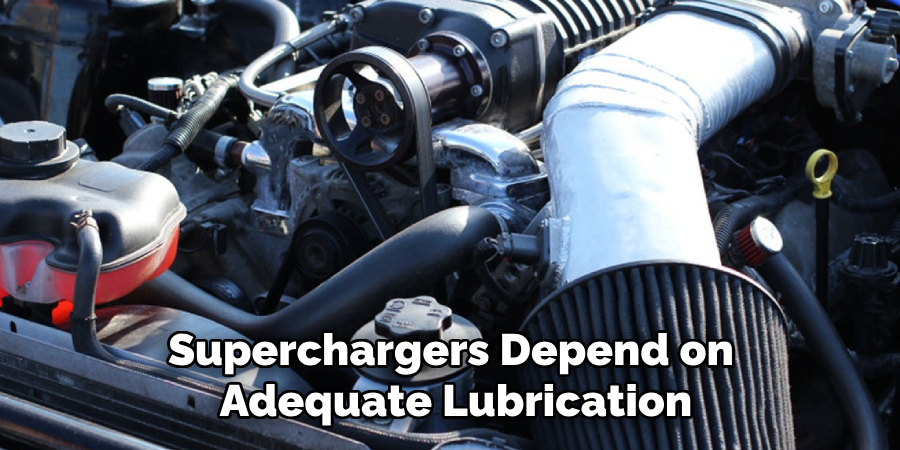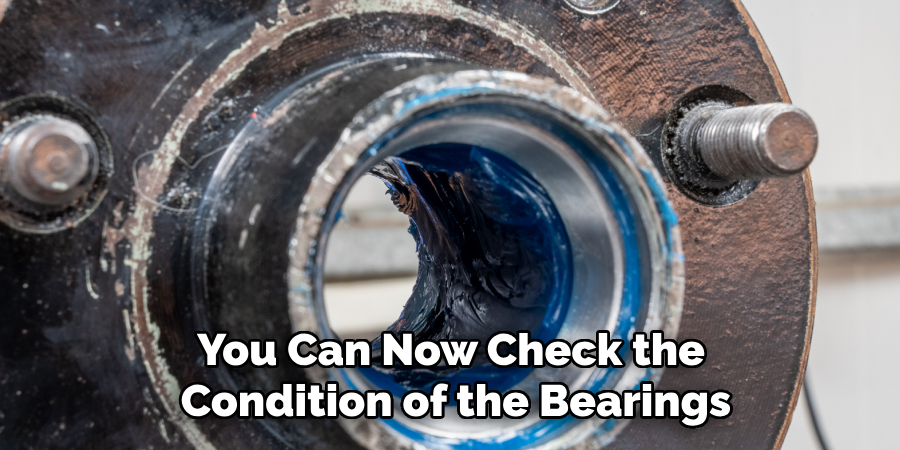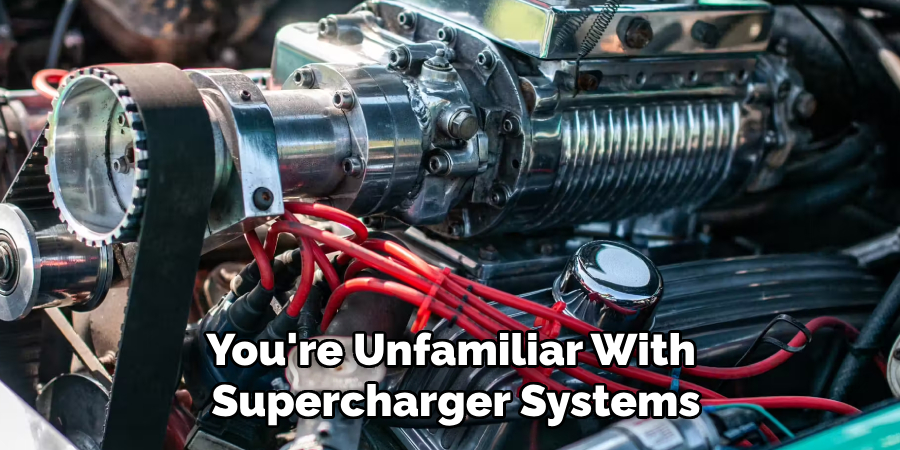A car’s supercharger is an essential component for enhancing engine performance, increasing power, and improving acceleration. However, like any mechanical part, it can experience issues over time that require maintenance or repair.

This guide on how to fix car Supercharger will walk you through the basics of diagnosing and fixing common problems with a car supercharger, ensuring your vehicle runs smoothly and efficiently. Whether you’re a seasoned mechanic or a curious car enthusiast, the following steps will help you address supercharger issues safely and effectively.
How a Supercharger Works
A supercharger is a type of air compressor that increases the density of air entering an engine, thereby allowing it to burn more fuel and generate more power. It is typically driven by a belt connected to the engine’s crankshaft, which means it is mechanically powered rather than relying on exhaust gases like a turbocharger.
When the supercharger compresses air and forces it into the engine, the increased oxygen levels enable the engine to combust more fuel in each cycle. This results in enhanced horsepower and improved acceleration. Superchargers deliver immediate power since they are mechanically connected to the engine and do not suffer from lag, making them a popular choice for performance enthusiasts. However, this constant drive connection can also place additional strain on the engine, emphasizing the importance of regular maintenance to ensure peak performance.
Signs of a Faulty or Failing Supercharger
A failing supercharger can significantly impact your vehicle’s performance, and recognizing the warning signs early can help prevent further damage. One of the most common indicators is a noticeable decrease in engine power or acceleration, as the supercharger may no longer be effectively forcing air into the engine. Unusual noises, such as whining, grinding, or rattling sounds, often suggest mechanical wear or internal damage within the supercharger unit.
Additionally, a rise in engine temperature could occur due to the supercharger operating inefficiently or generating excessive heat. A sudden drop in fuel efficiency may also point to an issue, as the engine struggles to maintain optimal air-to-fuel ratios. If you experience any of these symptoms, it is essential to have the supercharger inspected and repaired by a professional to prevent potential engine damage.
Common Supercharger Problems
Superchargers, while designed to enhance engine performance, are not without their potential issues. Some of the most common problems include:
Belt Slippage:
The supercharger relies on a belt-driven system, and over time, the belt may wear out or lose tension, causing a decrease in performance. Regular inspections and maintenance of the belt are crucial to ensure proper functionality.
Oil Leaks:
Superchargers depend on adequate lubrication, and an oil leak can lead to insufficient lubrication of internal components, potentially causing severe damage. Signs of oil leaks should be addressed promptly.

Damaged Bearings:
The bearings within a supercharger are vital for smooth operation. Worn or damaged bearings can produce unusual noises and impact performance, requiring immediate attention.
Intercooler Issues:
Many supercharged systems use an intercooler to reduce the heat generated during compression. A malfunctioning intercooler can lead to higher intake air temperatures, reducing engine efficiency and potentially causing overheating.
Rotor Wear:
Over time, the rotors in a supercharger can wear down or become damaged, leading to reduced airflow and a decline in performance. This issue often requires a professional rebuild or replacement of the unit.
Routine maintenance and timely repairs can help address these common problems before they escalate into more severe and costly damage.
Tools and Materials Needed
- Socket Wrench Set
- Torque Wrench
- Screwdrivers and Pliers
- Replacement Belt or Pulley
- Boost Pressure Gauge
- Supercharger Oil (if Applicable)
- Gasket Sealant or Replacement Gaskets
- Diagnostic Scan Tool (OBD2)
- Safety Gear (Gloves, Goggles)
8 Simple Steps on How to Fix Car Supercharger
Step 1: Prepare Your Vehicle
Before starting the repair process, ensure your vehicle is parked on a flat, stable surface and engage the parking brake to prevent any movement. Disconnect the battery to eliminate the risk of electrical shock or accidental short circuits.
Gather all the necessary tools and materials listed above to ensure a seamless workflow. Lastly, allow the engine to cool down completely to avoid burns or injuries while working on the supercharger. Proper preparation is key to a safe and efficient repair process.
Step 2: Identify the Problem
Begin by visually inspecting the supercharger and its surrounding components for any noticeable signs of damage, such as cracks, leaks, or unusual wear. Check the belts for fraying or slippage, and ensure all connections are secure.
Listen for any abnormal noises, such as whining or rattling, when the engine is running, as these may indicate internal issues within the supercharger. Additionally, use a diagnostic tool to scan for error codes that could help pinpoint potential problems. Taking the time to accurately identify the issue will save effort and ensure the correct repair approach is taken.
Step 3: Remove Supercharger Belt and Pulley
Using a socket wrench, loosen and remove the belt tensioner, then slip off the drive belt from the pulleys.
Next, use a torque wrench to remove the bolts securing the supercharger pulley to the pulley shaft. Once removed, inspect both the belt and pulley for any signs of wear or damage.
Step 4: Check Bearings and Seals
With the supercharger pulley removed, you can now check the condition of the bearings and seals. Rotate the pulley by hand and listen for any grinding or unusual noises.

If there are any signs of damage, it is recommended to replace these components before proceeding with further repairs.
Step 5: Inspect Supercharger Impeller Blades
The impeller blades are responsible for compressing air into the engine, so they play a crucial role in the performance of your supercharger system.
Use a flashlight to inspect each blade carefully, checking for any signs of wear or damage. If you notice any chips, cracks, or other abnormalities on the blades, they will need to be replaced.
Step 6: Clean and Lubricate Supercharger Components
After inspecting all the components of your supercharger system, it is important to clean off any dirt or debris that may have accumulated. Use a degreaser and a soft brush to gently remove any grime from the pulley, bearings, seals, and impeller blades.
Once everything is clean and dry, lubricate the bearings with high-quality oil to ensure smooth operation.
Step 7: Reassemble Supercharger System
With all the components cleaned and inspected, it is time to reassemble your supercharger system. Start by placing the pulley back onto the shaft and securing it with the bolts.
Next, carefully place the impeller back into its housing, making sure to align it properly with the bearings. Use a torque wrench to tighten any bolts or nuts to the manufacturer’s specifications.
Step 8: Test Run and Adjustments
Now that everything is back together, it’s important to do a test run before taking your vehicle out on the road. Start the engine and listen for any unusual noises or vibrations. If everything sounds normal, rev the engine a few times and make sure there are no leaks or issues with belt tension.
Following these steps on how to fix car Supercharger vibrations, you should now have a smoother and more enjoyable driving experience. However, if you still notice vibrations or any other issues, it’s important to make adjustments as needed. This could include checking and adjusting belt tension, tightening bolts or nuts, or even consulting a mechanic for further assistance.
Do You Need to Use Professionals?
While many supercharger vibration issues can be addressed with basic tools and mechanical knowledge, there are times when seeking professional help is the best course of action. If you’re unfamiliar with supercharger systems or lack the confidence to perform the necessary repairs, a professional mechanic can ensure the job is done correctly and safely.

Additionally, professionals have access to specialized tools and diagnostic equipment that can pinpoint issues more accurately. Opting for professional assistance can save time, prevent further damage to your vehicle, and provide peace of mind knowing that your supercharger is functioning optimally.
Frequently Asked Questions
Q1: What is a Supercharger and How Does It Work?
A: A supercharger is a device that increases the amount of air entering an engine, which in turn allows for more fuel to be burned and results in increased power output. It uses a belt-driven turbine or compressor to force air into the engine’s cylinders.
Q2: Are There Different Types of Superchargers?
A: Yes, there are several types of superchargers including roots-type, centrifugal, twin-screw, and electrically driven. Each type operates differently, but they all serve the same purpose of increasing engine power.
Q3: How Do Roots-Type Superchargers Work?
A: Roots-type superchargers, also known as positive displacement superchargers, use two meshing lobes or rotors to compress air and deliver it directly into the engine’s intake manifold. They are typically used in high-performance and racing applications as they provide instant boost at low RPMs.
Q4: What About Centrifugal Superchargers?
A: Centrifugal superchargers operate similarly to a turbocharger, using a compressor wheel to suck in and compress air before delivering it to the engine. However, unlike a turbocharger, which is driven by exhaust gas, a centrifugal supercharger is driven by a belt connected to the engine’s crankshaft. This means that it providesa boost consistently throughout the RPM range, unlike other types of superchargers, which may have lag at lower RPMs.

Conclusion
Superchargers play a critical role in enhancing engine performance by increasing air intake and, consequently, power output. Understanding the differences between roots, twin-screw, and centrifugal superchargers allows enthusiasts and professionals to make informed decisions based on their specific performance goals and vehicle requirements.
Each type of supercharger has its unique advantages, from the immediate response of a roots supercharger to the efficient power delivery of a twin-screw and the consistent boost of a centrifugal supercharger. Ultimately, choosing the right supercharger depends on balancing desired power, efficiency, and personal preference for driving dynamics. Thanks for reading this article on how to fix car Supercharger.
